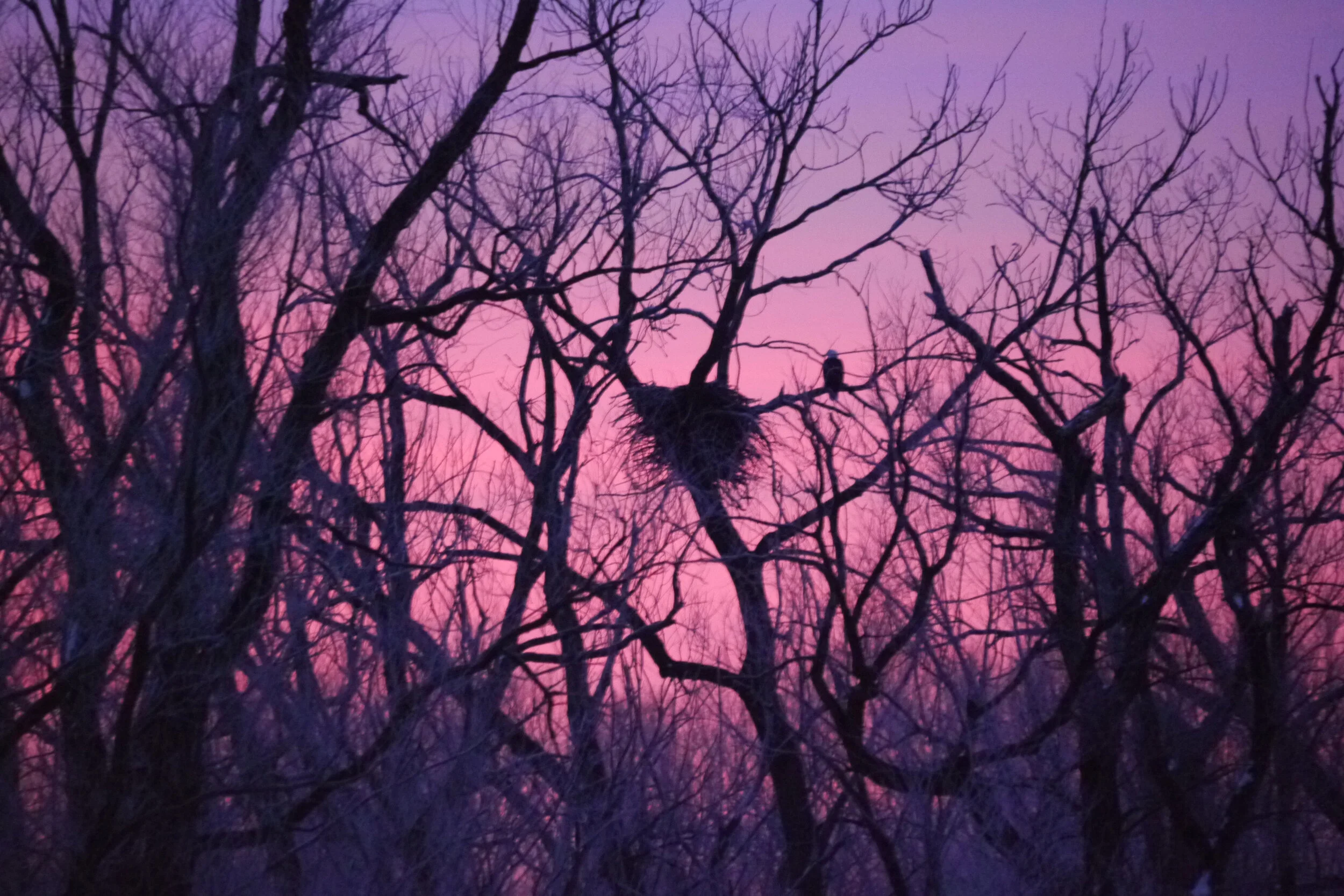The origin of Valentine's Day is a delightful mess. Probably it starts with the Lupercalia, a Roman pagan feast of late winter or early spring. You can probably guess of what—indeed, fertility. In some accounts, young Roman men would chase and try to hit young Roman women with strips of bloody goat hides, the goats having been sacrificed at the start of the festivities. Allegedly the women didn't mind because the strike of a goat hide would ensure their fertility.
And hundreds of years later here we are. In our backyards we indeed hear some birds with their mating calls and we have the chance to renew or perhaps find love. Hey, it beats frostbite.
Photo by Indiana Ivy Nature Photographer





